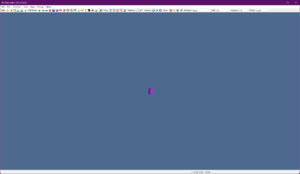Tutorials/Map Editor/Introduction to the Map Editor
< Tutorials | Map Editor
Jump to navigation
Jump to search
| Introduction to the Map Editor | |

| |
| Topic: | Map Editor |
| Difficulty: | Easy |
| Tools: | Map Editor |
These tutorials will familiarize you with the basics of the map editor and creating your very first map.